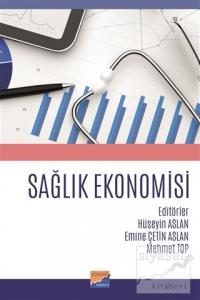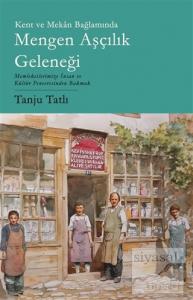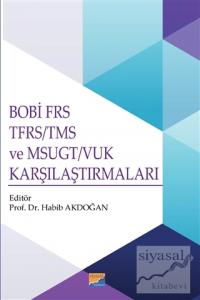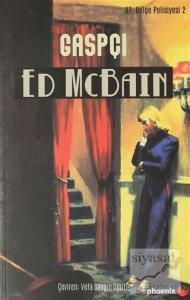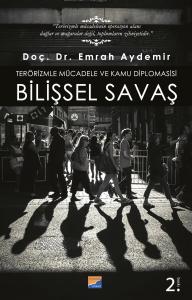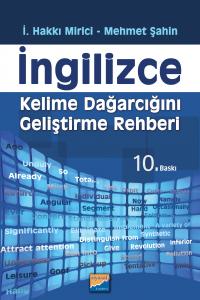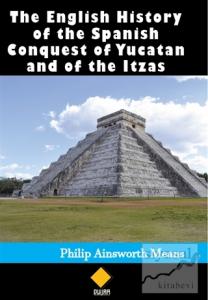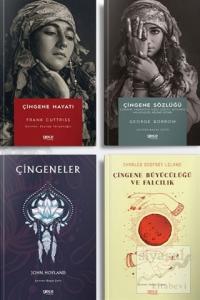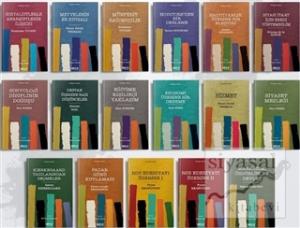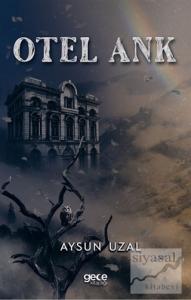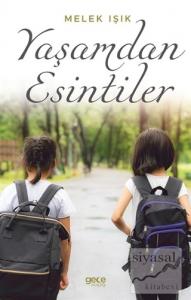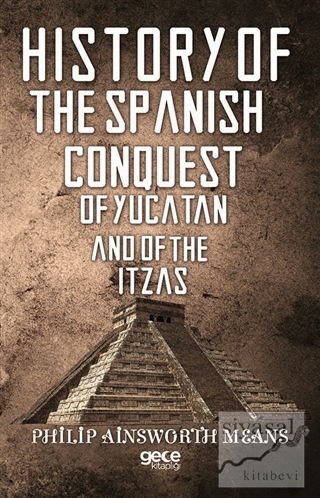
In the library of the Peabody Museum of Harvard University there is an invaluable collection of photographs of old manuscripts relating to Middle America. These photographs, made by Professor William E. Gates of Point Loma, California, were given to the Peabody Museum by Charles P. Bowditch, Esq., of Boston. One of the volumes contains a photographic reproduction of an original manuscript entitledRelación de las dos Entradas que hizé a Peten Ytza. The author, Fray Andrés de Avendaño y Loyola, of the Order of Saint Francis, will receive much of our attention later.
Fortunately Mr. Bowditch and Sr. Guillermo Rivera have deciphered and translated the crabbed old text, so that we have at hand an account of the subjection of the Itzas of Tayasal, or Peten Itza, which is not only invaluable as being the work of an eyewitness of that subjection, but which also is filled with a rare charm. It was largely with a view to bringing this old manuscript to the attention of students that Mr. Bowditch and Dr. Tozzer asked me to work it up into a study of the Itzas of Tayasal. At the same time we must not neglect to notice here the translation, made by Mr. Bowditch and Sr. Rivera, of another inedited work on the same subject. I refer to the account by Fray Alonso Cano, which will be of great use to us later.
Though Avendaño and Cano are, so to speak, the prime reasons for the writing of this study, they have been supplemented in no inconsiderable degree by two other early Spanish writers on the history of Yucatan and its people, Diego Cogolludo and Juan de Villagutierre y Sotomayor. A few comments on the works of these two authors will later prove useful to the reader.
Though Villagutierre's Spanish style is far superior to that of such writers as Fernando Montesinos and Antonio de la Calancha, it is, nevertheless, atrocious. Although he wrote about 1700, Villagutierre's style is excessively archaic; his grammatical construction can hardly be called construction at all, so formless and ambiguous is it. Villagutierre never hesitates to write several long sentences without a single main verb between them, nor does he often refrain from going on and on for a page or so without using a period. In the use of capitals he is most whimsical; usually he has them when they are called for, but he has many that are out of place as well.
In the library of the Peabody Museum of Harvard University there is an invaluable collection of photographs of old manuscripts relating to Middle America. These photographs, made by Professor William E. Gates of Point Loma, California, were given to the Peabody Museum by Charles P. Bowditch, Esq., of Boston. One of the volumes contains a photographic reproduction of an original manuscript entitledRelación de las dos Entradas que hizé a Peten Ytza. The author, Fray Andrés de Avendaño y Loyola, of the Order of Saint Francis, will receive much of our attention later.
Fortunately Mr. Bowditch and Sr. Guillermo Rivera have deciphered and translated the crabbed old text, so that we have at hand an account of the subjection of the Itzas of Tayasal, or Peten Itza, which is not only invaluable as being the work of an eyewitness of that subjection, but which also is filled with a rare charm. It was largely with a view to bringing this old manuscript to the attention of students that Mr. Bowditch and Dr. Tozzer asked me to work it up into a study of the Itzas of Tayasal. At the same time we must not neglect to notice here the translation, made by Mr. Bowditch and Sr. Rivera, of another inedited work on the same subject. I refer to the account by Fray Alonso Cano, which will be of great use to us later.
Though Avendaño and Cano are, so to speak, the prime reasons for the writing of this study, they have been supplemented in no inconsiderable degree by two other early Spanish writers on the history of Yucatan and its people, Diego Cogolludo and Juan de Villagutierre y Sotomayor. A few comments on the works of these two authors will later prove useful to the reader.
Though Villagutierre's Spanish style is far superior to that of such writers as Fernando Montesinos and Antonio de la Calancha, it is, nevertheless, atrocious. Although he wrote about 1700, Villagutierre's style is excessively archaic; his grammatical construction can hardly be called construction at all, so formless and ambiguous is it. Villagutierre never hesitates to write several long sentences without a single main verb between them, nor does he often refrain from going on and on for a page or so without using a period. In the use of capitals he is most whimsical; usually he has them when they are called for, but he has many that are out of place as well.



